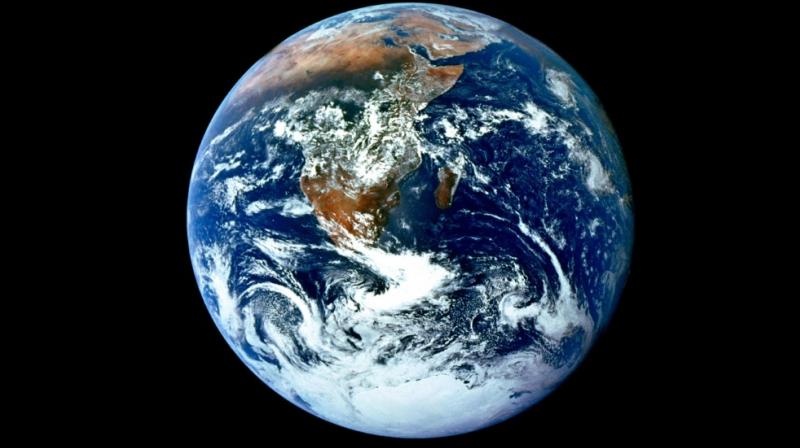Plummeting temperatures could send world into 'mini ice age' in 2030, say scientists
As per mathematical model of Sun's magnetic energy, temperatures will start dropping in 2021 which will lead to Maunder minimum'.

According to a recent study conducted by scientists, the world could be plunged into a ‘mini ice age’ in little over a decade.
As per the mathematical model of the Sun’s magnetic energy, temperatures will start dropping in 2021 which will lead to a phenomenon called ‘Maunder minimum’, which previously hit earth between 1646 and 1715 causing a mini ice age, even causing London’s River Thames to freeze over.
According to the study, the Sun’s solar cycle is producing accurate predictions of irregularities within the Sun’s 11-year heartbeat and draws on dynamo effects in two layers of the Sun, one close to the surface and one deep within its convection zone.
Researchers, led by maths professor Valentina Zharkova at Northumbria University, built up on previous research that predicts magnetic waves produced by the sun.
However, Zharkova has warned that her model could not be used as proof of a mini ice age - in part because of global warming.
Speaking to Sky News, she said, “I hope global warning will be overridden by this effect, giving humankind and the Earth 30 years to sort out our pollution.
According to the study, the model predicts that the pair of waves become increasingly offset during Cycle 25, which peaks in 2022. During Cycle 26, which covers the decade from 2030-2040, the two waves will become exactly out of sync and this will cause a significant reduction in solar activity.
It is 172 years since a scientist first spotted that the Sun's activity varies over a cycle lasting around 10 to 12 years.
However, every cycle is a little different and none of the models of causes to date have fully explained fluctuations.
According to Dr Zharkova, in cycle 26, the two waves will exactly mirror each other – peaking at the same time but in opposite hemispheres of the Sun, which will nearly cancel each other, which, they believe, will lead to a ‘Maunder minimum.’

